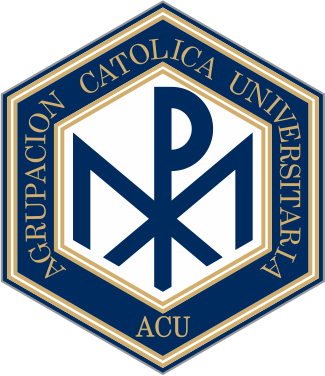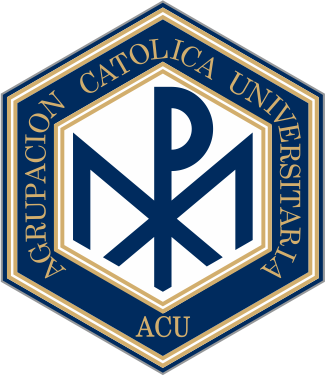The Spiritual Exercises are the compilation of St. Ignatius of Loyola’s personal experience as a man seeking to grow in union with God and to discern God’s will. He kept a journal as he gained spiritual insight and deepened his spiritual experience. Eventually St. Ignatius gathered these prayers, meditations, reflections, and directions into a carefully designed framework of a retreat, which he called spiritual exercises.
What to Expect
St. Ignatius organized the Exercises into four weeks. The Exercises were meant to be conducted in four calendar weeks with the participant undertaking the Exercises in silence for approximately one month. The Jesuits still participate in the month-long Spiritual Exercises during their period of formation: first at the beginning, and again at the end. Spending a month in silence on the Spiritual Exercises is not practical for lay men and women. Marriages, families, education, and work are vital commitments that cannot be set aside for an entire month. Thus, the four weeks of the Spiritual Exercises were adapted to resembles stages on a journey to spiritual enlightenment and closeness to God.
First week. The first week of the Exercises is a time of reflection on our lives in light of God’s boundless love for us. We see that our response to God’s love has been hindered by patterns of sin. We face these sins knowing that God wants to free us of everything that gets in the way of our loving response to him. The first week ends with a meditation on Christ’s call to follow him.
Second week. The meditations and prayers of the second week teach us how to follow Christ as his disciples. We reflect on Scripture passages: Christ’s birth and baptism, his sermon on the mount, his ministry of healing and teaching, his raising Lazarus from the dead. We are brought to decisions to change our lives to do Christ’s work in the world and to love him more intimately.
Third week. We meditate on Christ’s Last Supper, passion, and death. We see His suffering and the gift of the Eucharist as the ultimate expression of God’s love.
Fourth week. We meditate on Jesus’ resurrection and his apparitions to his disciples. We walk with the risen Christ and set out to love and serve him in concrete ways in our lives in the world
Prayers During the Exercises
The two primary forms of praying taught in the Exercises are meditation and contemplation. In meditation, we use our minds. We ponder the basic principles that guide our life. We pray over words, images, and ideas.
Contemplation is more about feeling than thinking. Contemplation often stirs the emotions and enkindles deep desires. In contemplation, we rely on our imaginations to place ourselves in a setting from the Gospels or in a scene proposed by Ignatius. We pray with Scripture. We do not study it.
The discernment of spirits underlies the Exercises. We notice the interior movements of our hearts, and discern where they are leading us. A regular practice of discernment helps us make good decisions.
All the characteristic themes of Ignatian spirituality are grounded in the Exercises. These include a sense of collaboration with God’s action in the world, spiritual discernment in decision making, generosity of response to God’s invitation, fraternity and companionship in service, and a disposition to find God in all things. Spiritual integration is a prominent theme of the Exercises: integration of contemplation and action, prayer and service, and emotions and reason.



